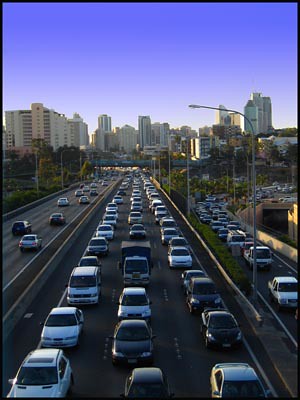This morning, I read a piece of news that we ought to be proud of. The Singapore Government has pledged a 16% cut in emission versus projected business-as-usual levels by 2020. While the amount is not a lot considered to the world’s entire carbon emission, this is definitely a good start and will help to facilitate the UN Climate Summit at Copenhagen next week.
One of the propositions to reduce carbon emission raised was to impose taxes on carbon emissions or to purchase carbon credits, but this means the cost of doing business and living is going to be increased. This will be extremely painful at a time when the world’s economy is not doing well.
I wonder whether this is going to be effective or not? The correct way to bring about lower carbon emission is to encourage instead of penalizing people. It is not feasible to slap higher fuel taxes to reduce fuel usage. Does it mean when taxes are applied on oxygen, people will be breathing less oxygen? People will still need to travel to work and goods still need to be moved. While it is possible to pay extra at the moment, are we going to increase the taxes or the price of the carbon credits if emission still continues to grow?
The really sustainable approach to bring around lower fuel consumption is to tackle the root causes. We need to reduce on the needs of unnecessary consumption and wastages. According to EcoBridge, about 33% of the US carbon dioxide emissions come from vehicles. As of 2008, Singapore got a total car population of 550,455 making 4.3millions trips. Assuming if each trip is only 1 kilometre and the best case of 120g per kilometre, the total amount of carbon dioxide emitted is 516 tonnes. It is definitely higher because our trip is longer than 1 kilometre.
Teleworking may be one of the sustainable solutions. It is definitely more energy efficient to move a bunch of electrons than a human being from point A to point B. It is a possibility with today’s technology and infrastructure. It is an irony when we can outsource jobs to thousands of miles away when we can’t let our citizens to do their work at home once a week. If the government gives tax incentives for companies to do teleworking, it can help to reduce the carbon emissions and also reduce the office rental expenses for business. The pro-family policy could possibly bring forth a reversal in our aging population pattern. It can also reduce the road congestions during the peak hours, thus improving our productivity.
It might not be feasible to implement teleworking fully now, but if the government can do something to encourage partial teleworking or to take the lead, I believe we can make Singapore a better place to live and a good example to the world.
